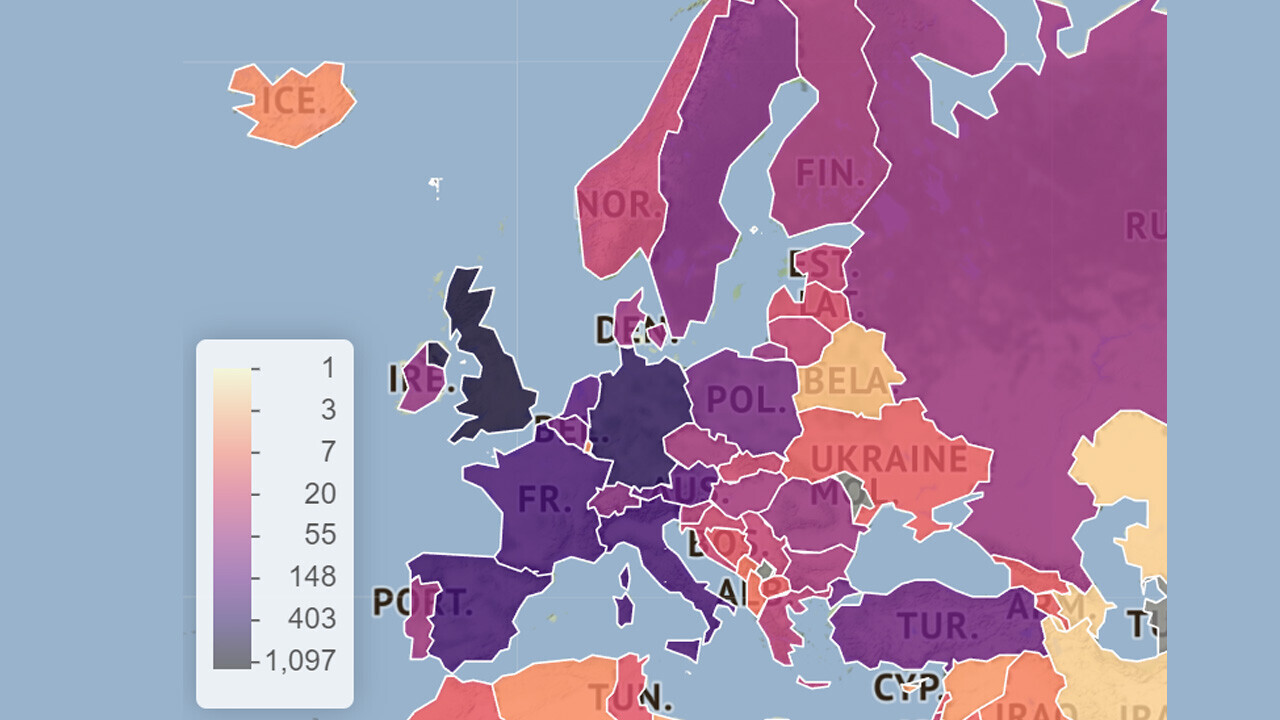
The EU’s Renewed Social Agenda, a comprehensive program began in 2008 to improve Europe’s economy, fight climate crisis, and generally provide greater overall quality of life for all Europeans, was a landmark initiative. At its core lies the idea of “social innovation,” a modality involving the creation of new social services and models that are applicable in a multinational paradigm.
Examples of “social innovation” include public libraries, open universities, and worker’s rights movements. But there’s more to it than just bringing people together to solve problems or attempting to create an atmosphere of equality.
A social service that’s successful in affluent urban areas could be completely useless in a rural setting, and vice versa. Taking into account the human factor, how climate crisis and other environmental factors affect different communities, and the difficulties faced by minorities and refugees, the challenge of serving the EU’s agenda across national lines becomes exponentially more difficult.
However, that hasn’t stopped the global community from rising to the challenge. In the time since the agenda was instituted, the social innovation sector has grown from a handful of organizations attempting to provide multinational citizen services and solutions, to a comprehensive ecosystem containing thousands of actors working across more than 150 countries. This has brought about a glut of riches, so to speak.
Up until recently, numerous attempts over the past couple of decades to codify the number of ongoing social innovation projects, resources, and services have brought little success. According to a team of researchers in Europe, “there has been a lack of a comprehensive data to study social innovation.”
The team, comprised of researchers from the Universities of Strathclyde and Manchester in the UK and the University of Leon in Spain, recently published the results of a comprehensive study wherein they used machine learning and artificial intelligence to create the European Social Innovation Database (ESID).
So just how many social innovation projects did it find? As stated in the headline of this article, it was a whopping 11,456. Prior attempts at building a similar database averaged between 500 and 1,000 entries.
The research team was able to expand those numbers significantly by employing text crawlers to find data online and AI to separate, label, and score that data. Essentially, the team built their own search and ranking systems for social innovation projects. That might sound only slightly more interesting than building an AI that sorts through Google Search outputs, but it’s actually quite innovative in its own right.
The problem with social innovation is that it’s a bit of a nebulous term. We can, for example, measure how many people in a given geography died in a specific year and how old they were. From that data we can glean the average lifespan and mortality rate. But what we can’t do, with that particular database, is figure out whether local library campaigns inviting seniors in the EU to get free blood pressure checks at regular intervals are having any effect on either of those data points.
The ESID database bridges the gap between reported knowledge and available knowledge by a significant amount. Traditional datasets rely on accurate reporting. With the automated system, the team’s able to make the data come to them. Or to be more accurate, they’re able to speed up the data-gathering process exponentially through the use of machines.
More importantly however, the database is also quite robust. Its primary audience is researchers who want to know how well social innovation initiatives are working. And, to that end, it breaks the data down by categories including a summary of the project, its geography, topic, and four different kinds of scores meant to further break down the projects by how the term “social innovation” is being defined.
The more granular the data becomes, the more difficult it is for humans to parse without the help of AI.
In the future, the researchers hope to expand the scope of projects the system is able to find and to give it the ability to keep entries in the database up to date as their sources change over time. For now, however, those interested in checking out what’s almost certainly the world’s largest searchable social innovation database can click here to get to the official ESID website.
Get the TNW newsletter
Get the most important tech news in your inbox each week.





